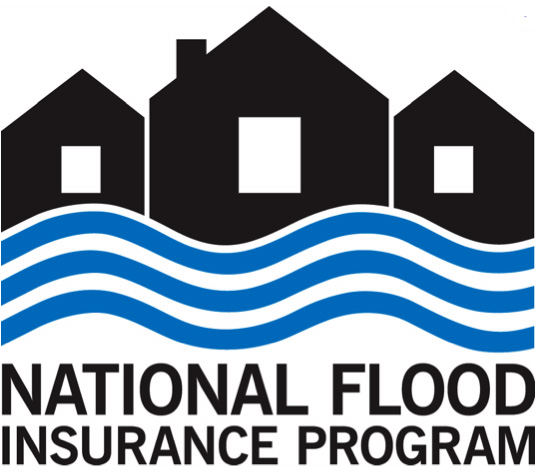"We want to continue to work with the private sector, as we have over the last five or six years, to help close the insurance gap," said David Maurstad, Deputy Associate Administrator for Federal Insurance and Mitigation, Senior Executive of the NFIP, in a recent AM Best interview.
According to a recent study, the private sector provided approximately 4% of residential flood insurance, while the NFIP provided more than 95%.
The reality is that the NFIP only writes about one out of every three properties in the Special Flood Hazard Area, and with 95 percent of properties in the United States lacking flood insurance, there is room for the private sector to step up.
According to Maurstad, the NFIP is seeing increased interest, particularly in the excess and surplus lines market, where there aren't many admitted carriers writing residential flood insurance and no large property companies participate.
"There's a lot of market out there." As a result, I'm confident that once private companies' risk appetite is such that they believe it's in their best interests for themselves and their stockholders, there will be more involvement in residential flood insurance coverage. "But I think it's a long way down the road," Maurstad said.
The flood insurance protection gap (the difference between economic and insured losses) in the United States is enormous, according to Maurstad, and addressing the issue is a shared responsibility.
He stated that addressing the flood risk issue is a shared responsibility, which includes the organization's collaboration with reinsurers.
After testing the market with a limited placement in 2016, FEMA has been procuring reinsurance for the NFIP for several years. FEMA secured $1.064 billion in flood insurance for a total premium of $171.9 million in the most recent renewal.
"Not only is it beneficial for us because we're able to transfer that risk to the private sector, but it's also beneficial to the reinsurance companies and the private market because they know far more about our program now after participating in the reinsurance program for five years," Maurstad said of its reinsurance partnerships.
"And they can use that information and knowledge to work with their customers, the property companies, to encourage more companies to look at the flood risk and see if they can figure out a way to provide that protection." And, as I previously stated, contribute to closing the flood insurance gap."












